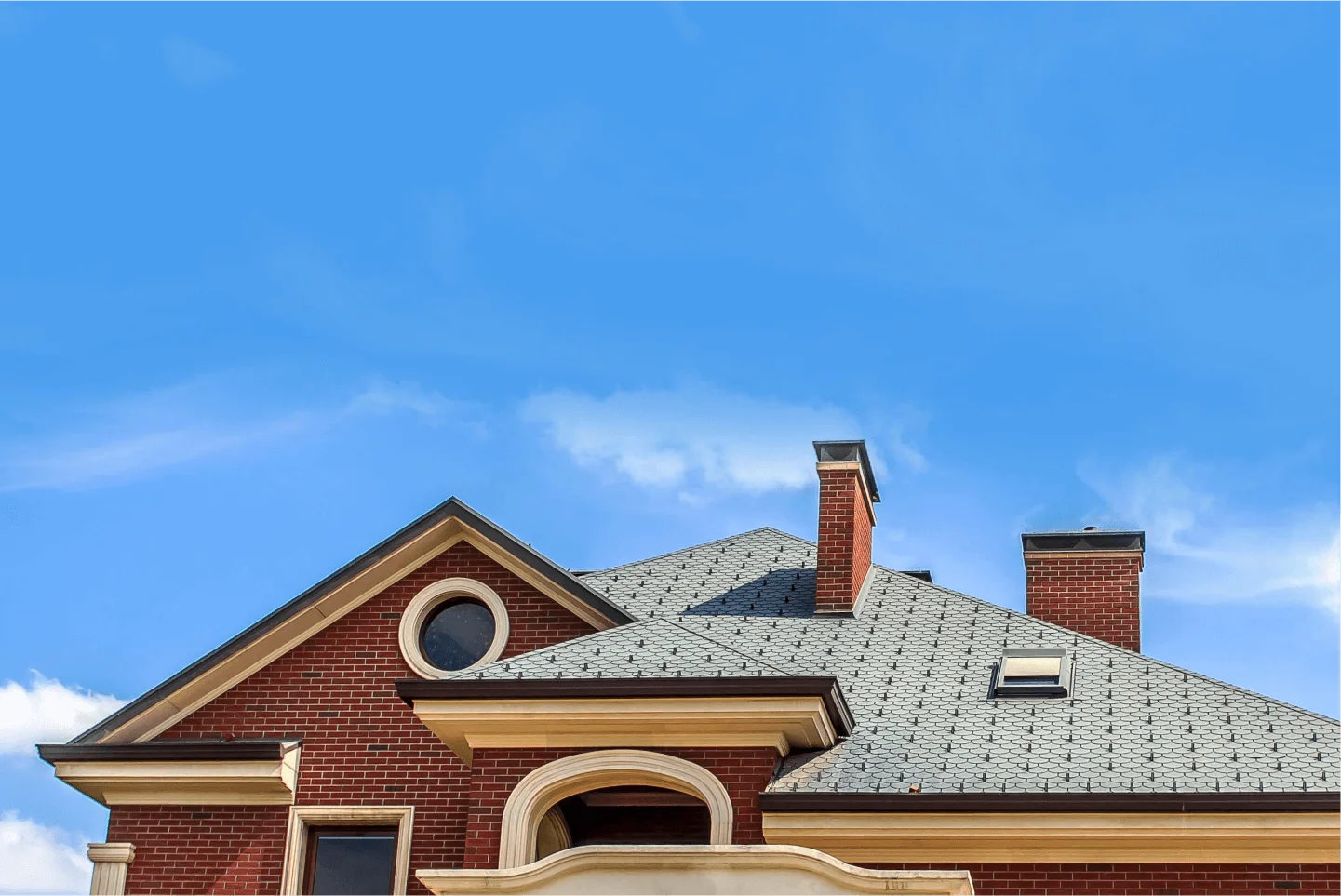
When it comes to purchasing a home, understanding how different financial tools can make homeownership more affordable is crucial. One such tool is the concept of buy down rates. This method can significantly reduce your monthly mortgage payments, making it easier to manage your home financing. Let’s break it down in a way that's easy to grasp.
A buy down is a financing option where you can lower your mortgage interest rate by paying upfront costs. This can be particularly helpful for buyers looking to make their monthly payments more manageable without extending the loan term or borrowing less money. Essentially, you are prepaying a portion of your interest to secure a lower rate on your mortgage, which can lead to substantial savings over time.
There are two main types of buy downs: temporary and permanent. A temporary buy down usually lasts for the first few years of the loan. During this time, your interest rate is reduced, which means your monthly payments are also lowered. After the temporary period ends, your interest rate will increase to the original loan amount. This option can be beneficial for homebuyers who expect their income to rise in the coming years. It allows them to ease into their mortgage payments while preparing for a higher payment later on.
A permanent buy down, on the other hand, involves paying a larger amount upfront to lower the interest rate for the entire duration of the loan. This typically results in a lower monthly payment that will remain consistent throughout the life of the mortgage. Permanent buy downs are advantageous for those who plan to stay in their home for a long time. The upfront cost may seem daunting, but the long-term savings can make it worthwhile.
Understanding how much you might save with a buy down is essential. While it’s hard to provide exact numbers without specific rates and terms, you can use a simple formula to get a rough estimate of savings. First, calculate your monthly payment based on the initial interest rate. Then, do the same for the reduced rate after the buy down. The difference between these two payments is your monthly savings. Multiply this by the number of months you plan to stay in your home to get a total savings figure.
Before deciding whether a buy down is right for you, consider your financial situation and goals. If you have the ability to pay cash for the buy down upfront without compromising your other financial obligations, it may be a great option for you. However, if you're already stretching your budget to afford a down payment, a buy down might not be feasible at the moment.
The timing of your home purchase can also impact the effectiveness of a buy down. If you expect interest rates to rise soon, locking in a buy down can be an effective strategy. Additionally, if you anticipate your income increasing significantly in the next few years, a temporary buy down can give you the breathing room you need as you transition into your new financial reality.
Another key factor is the market conditions. In a competitive housing market, sellers may be more willing to negotiate on terms, including possible contributions toward a buy down. If you are in a position to negotiate, it is worth discussing the possibility of having the seller cover some or all of the buy down costs. This can alleviate some of the financial burden from your shoulders and may help secure a more favorable loan term.
It’s also essential to look closely at the costs associated with a buy down. While it can lower your monthly payment, there are fees involved that you should be aware of. Sometimes, these costs can outweigh the benefits of the rate reduction, especially if you do not plan on staying in your home for an extended period. It’s wise to analyze these costs carefully with your mortgage professional to ensure that you are making a well-informed decision.
One aspect that often gets overlooked is the impact of a buy down on your overall financial strategy. Making a lower payment can free up cash flow for other expenses, savings, or investments. For example, you may want to consider using the savings from a lower monthly payment to contribute to an emergency fund or retirement account. This can be an essential part of your long-term financial health.
If you’re considering a buy down, it’s vital to assess your long-term plans. How long do you plan to stay in your home? What are your career and lifestyle aspirations? The answers to these questions will play a significant role in determining if a buy down is the right choice for you. It’s not just about the immediate financial benefit; it’s also about how this decision aligns with your future goals.
Engaging with a knowledgeable mortgage professional can help clarify your options when it comes to buy downs. They can provide insights into how this method applies to your unique situation and guide you through the process. Be sure to discuss your financial goals, current cash flow, potential future income, and how long you plan to stay in your home. These discussions are fundamental in tailoring the right mortgage strategy for you.
Furthermore, your mortgage professional can assist in running various scenarios to demonstrate how different buy down options can affect your payments over time. This personalized approach can help you visualize the impact of a buy down on your finances and make an informed decision.
If you are intrigued by the idea of buy down rates and want to explore how they can work for you, I encourage you to reach out. Together, we can discuss your specific needs, assess your financial situation, and determine the best path toward making your dream of homeownership more affordable. Don’t hesitate to take that first step; the right information can empower you to make a confident decision.


Loan Officer
UFFC Mortgage | NMLS: 2583221